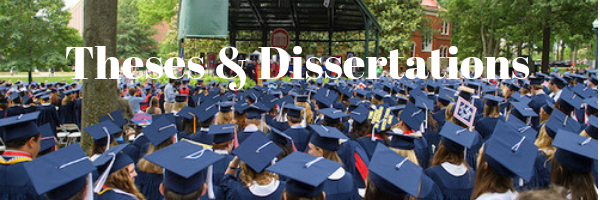
Date of Award
1-1-2024
Document Type
Dissertation
Degree Name
Ph.D. in Second Language Studies
First Advisor
Tamara Warhol
Second Advisor
Felice Coles
Third Advisor
Charles Joukhadar
School
University of Mississippi
Relational Format
dissertation/thesis
Abstract
This study investigates the status and functions of three discourse markers used in the Najdi Arabic dialect spoken in Riyadh, Saudi Arabia:, t̠ayib (okay), aɡo:l (I say), and alħi:n (now). In particular, the study answers two questions: 1) Do these terms or phrases meet the characteristics of discourse markers?, and 2) What are the functions of each discourse marker? Drawing on data from ten Saudi TV shows, which feature the Najdi Arabic dialect, from two online platforms, YouTube and Shahidnet, the status of discourse markers is being examined using the characteristics of discourse markers provided by Schourup (1999); their functions are investigated using the Relevance Theory proposed by Sperber and Wilson (1986; 1995); and how they are described as discourse markers following Blakemore (1987; 1992; 2002). My study reveals that t̠ayib, aɡo:l, and alħi:n indeed behave as discourse markers. The term t̠ayib behaves as a discourse marker more often than a non-discourse marker, serving sixteen functions. Also, aɡo:l acts more as a discourse marker than a non-discourse marker and consists of seven functions. The term alħi:n behaves as a non-discourse marker more than a discourse marker, serving seven functions. This study fills a gap since only a few studies investigated discourse markers in Najdi Arabic. Additionally, the discourse markers examined have not been studied extensively yet. Finally, my study facilitates understanding of the exact meaning and functions of discourse markers for language practitioners.
Recommended Citation
Altamimi, Salman, "Three Discourse Markers in the Najdi Arabic Dialect of Riyadh: A Pragmatic Analysis" (2024). Electronic Theses and Dissertations. 2912.
https://egrove.olemiss.edu/etd/2912

